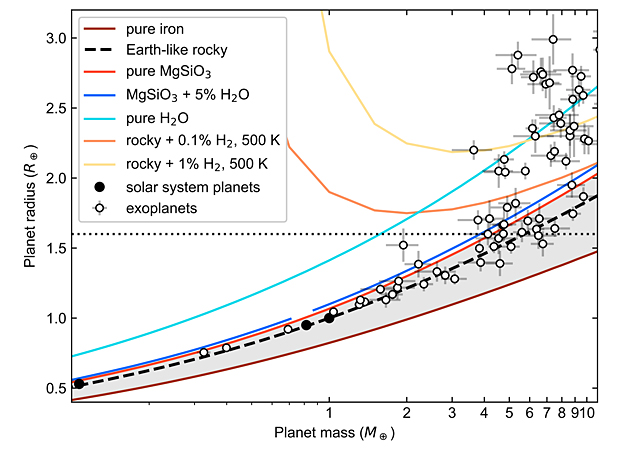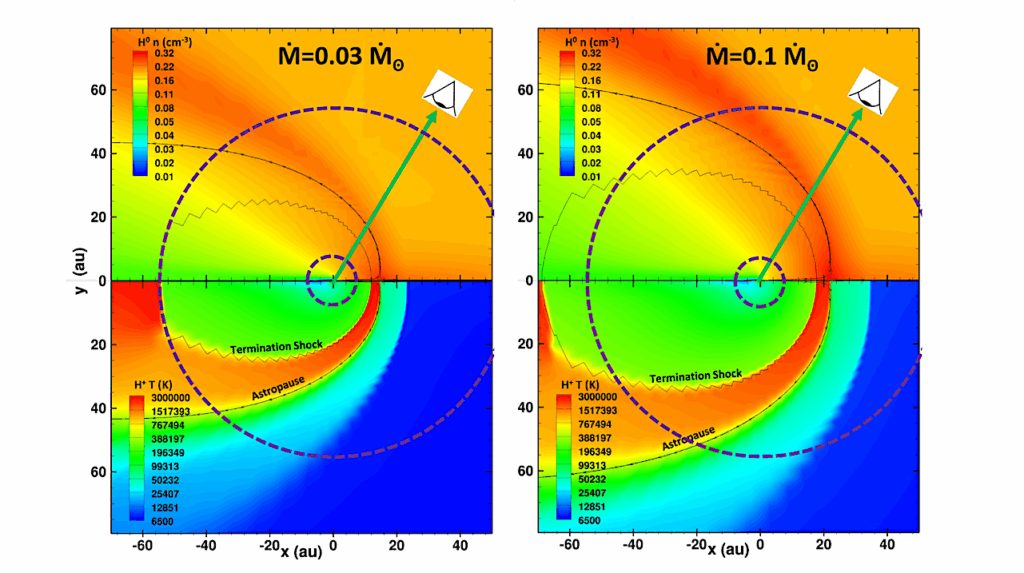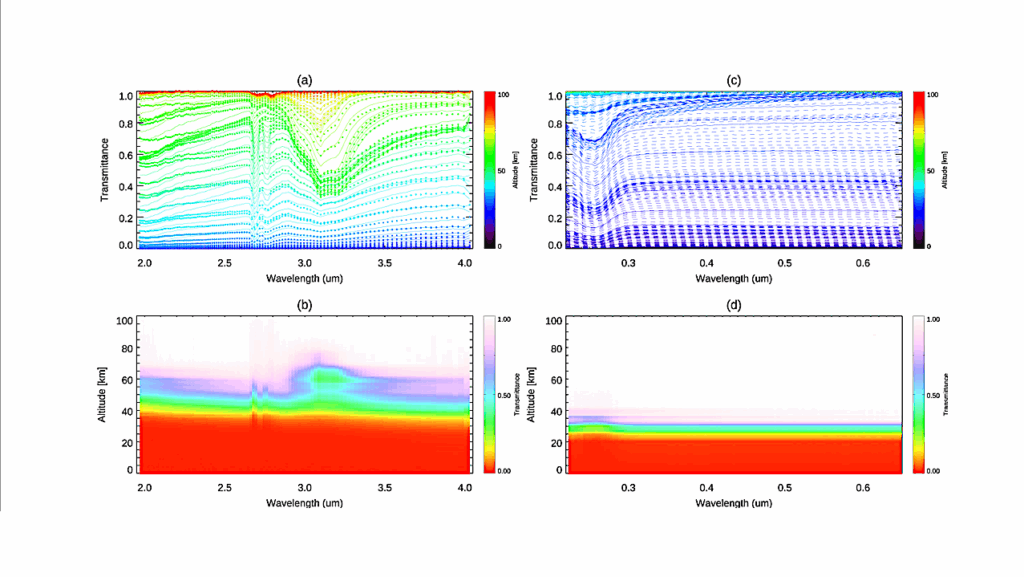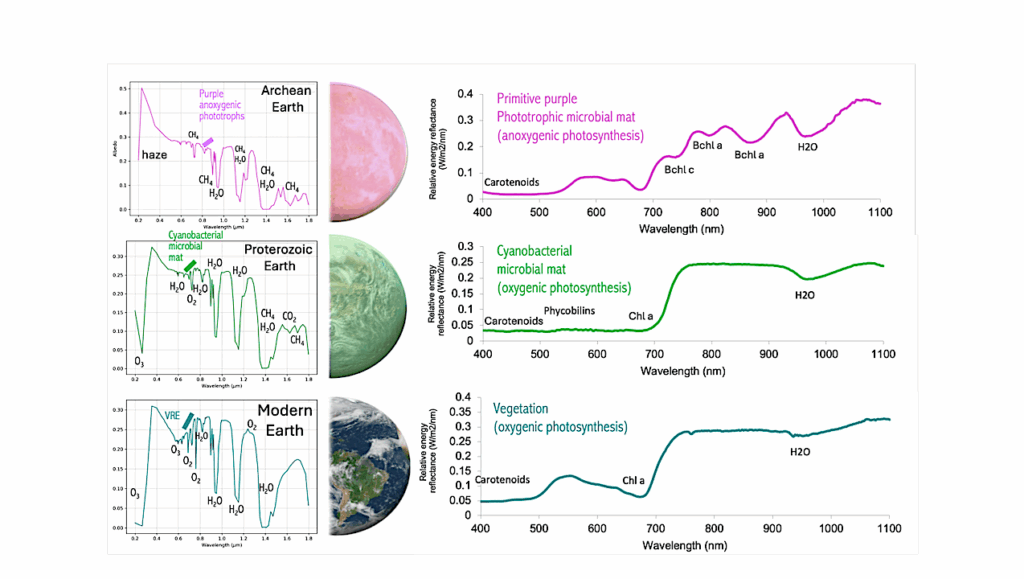Atmospheres Of Rocky Exoplanets

Rocky planets are common around other stars, but their atmospheric properties remain largely unconstrained. Thanks to a wealth of recent planet discoveries and upcoming advances in observing capability, we are poised to characterize the atmospheres of dozens of rocky exoplanets in this decade.
Theoretical understanding of rocky exoplanet atmospheres has advanced considerably in the last few years, yielding testable predictions of their evolution, chemistry, dynamics and even possible biosignatures.
Here we review key progress in this field to date and discuss future objectives. Our major conclusions are:
1) Many rocky planets may form with initial H2-He envelopes that are later lost to space, likely due to a combination of stellar UV/X-ray irradiation and internal heating.
2) After the early stages of evolution, a wide diversity of atmospheric compositions is expected, due to variations in host star flux, atmospheric escape rates, interior exchange and other factors.
3) Observations have ruled out the presence of hydrogen-dominated atmospheres on several nearby rocky exoplanets, and the presence of any thick atmosphere on one target. More detailed atmospheric characterization of these planets and others will become possible in the near future.
4) Exoplanet biosphere searches are an exciting future goal. However, reliable detections for a representative sample of planets will require further advances in observing capability and improvements in our understanding of abiotic planetary processes.
R. Wordsworth, L. Kreidberg
Comments: Draft version of 2022 Annual Reviews article, comments are welcome. 47 pages including references, 11 figures
Subjects: Earth and Planetary Astrophysics (astro-ph.EP)
Cite as: arXiv:2112.04663 [astro-ph.EP] (or arXiv:2112.04663v1 [astro-ph.EP] for this version)
Submission history
From: Robin Wordsworth
[v1] Thu, 9 Dec 2021 02:44:10 UTC (10,371 KB)
https://arxiv.org/abs/2112.04663
Astrobiology








